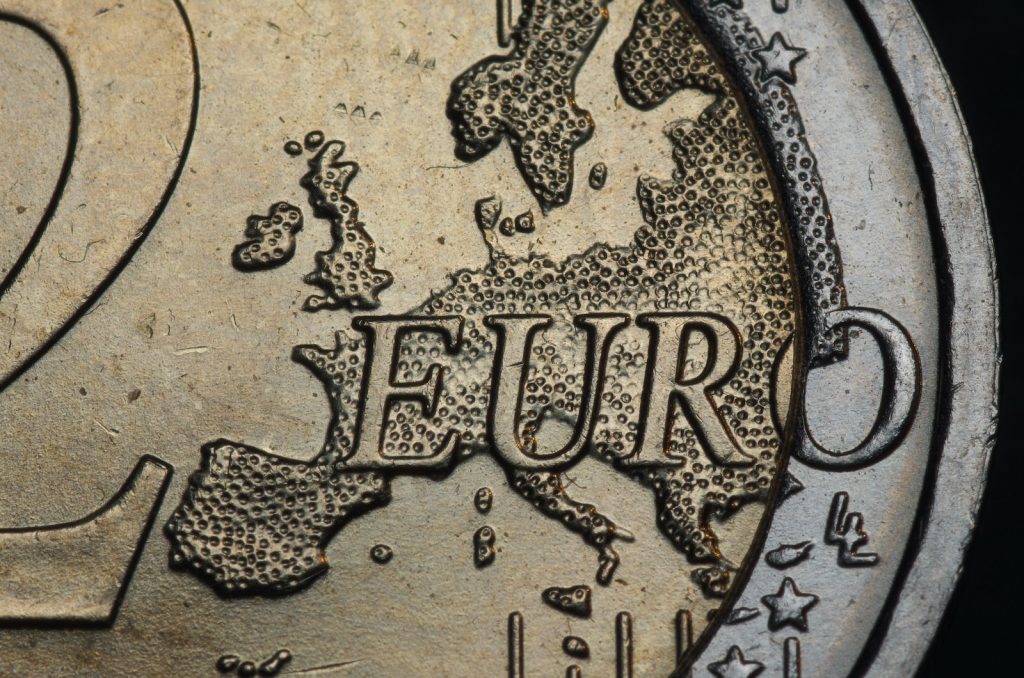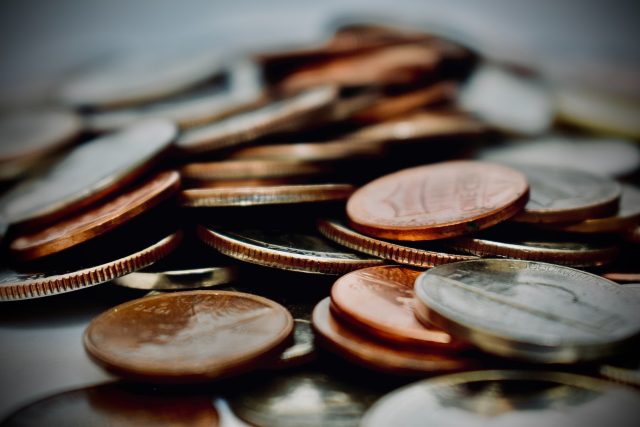Coin collecting, also known as numismatics, is a fascinating hobby that people have enjoyed for centuries. Whether you are interested in the history, art, or monetary value of coins, building a coin collection can be a rewarding experience. However, starting a coin collection can be overwhelming, with so many different coins, denominations, and time periods to choose from.
In this guide to numismatics, we will explore the basics of coin collecting, from how to get started to tips for building and maintaining a collection. Whether you are a seasoned collector or just starting, this guide will provide you with valuable information to help you build a coin collection that is both fascinating and valuable. So, let’s dive into the world of numismatics and start building your coin collection today!
What is Numismatics?
Numismatics is the study and collection of coins, currency, tokens, and other forms of money. The word “numismatics” comes from the Greek word “nomisma,” which means “coin.” Numismatists, or people who study and collect coins, are interested in these objects’ history, art, and monetary value.
Numismatics is a popular hobby and has been enjoyed by people for centuries. Collectors often specialize in a particular type of coin, such as ancient Roman coins or American silver dollars. Some collectors focus on coins from a particular era or geographic location, while others collect coins based on a specific theme, such as animals or historical events.
Numismatics is not just about collecting coins; it also involves studying their history and understanding the context in which they were used. Coins can provide valuable insights into different periods and cultures’ economic and political systems. They can also reveal important information about trade routes and the movement of people and goods.
In addition to collecting and studying coins, numismatists also engage in activities such as grading and authenticating coins, attending coin shows and auctions, and buying and selling coins. Some numismatists even work in the field as professional coin dealers or appraisers.
Overall, numismatics is a fascinating hobby that offers endless opportunities for learning and discovery. Whether you are interested in the art, history, or monetary value of coins, there is always something new to explore in the world of numismatics.
How to Start a Collection
Starting a coin collection can be an exciting and rewarding experience but also overwhelming for beginners. Here are some steps to help you get started:
- Determine your budget: Before you start collecting, it’s important to establish a budget. Decide how much you are willing to spend and stick to it. Remember that coin collecting can be expensive, so start small and build your collection over time.
- Choose a focus: There are countless coins to choose from, so choosing a focus is important for your collection. You may want to focus on a particular country or time period or coins with a particular theme, such as animals or historical events.
- Research: Research is key to building a successful coin collection. Learn as much as possible about the coins you are interested in, including their history, rarity, and value. Look for books, online resources, and local coin clubs to help you expand your knowledge.
- Buy coins: Once you have established your budget, focus, and knowledge base, it’s time to start buying coins. You can purchase coins from coin dealers, online marketplaces, or even at local coin shows.
- Store and display your collection: It’s important to store your coins properly to protect them from damage and preserve their value. You may want to invest in coin holders, albums, or display cases to keep your coins organized and safe.
- Expand your collection: As you become more experienced, you may want to expand your collection by branching out into new areas or acquiring more rare and valuable coins. Remember to continue researching and learning as you go.
Starting a coin collection takes time, patience, and dedication, but it can be a rewarding and enjoyable hobby. With these tips, you’ll be on your way to building a collection that is both fascinating and valuable.
Types of Coins to Collect
There are countless types of coins to collect, and the choice ultimately depends on personal interests and preferences. Here are some popular categories of coins to consider:
- Historical coins: Historical coins can offer a glimpse into the past and are often sought after by collectors. Examples include ancient Greek or Roman coins, medieval coins, or coins from important historical events such as the American Revolution or World War II.
- Commemorative coins: Commemorative coins are issued to celebrate special events or anniversaries, such as the Olympics, royal weddings, or important national milestones. These coins often feature unique designs and are produced in limited quantities, making them valuable to collectors.
- World coins: Collecting coins from around the world can be a fascinating way to explore different cultures and histories. You may choose to focus on coins from a particular country or region or collect coins from all over the world.
- Error coins: Error coins have been minted incorrectly, resulting in a unique or unusual design. These coins are often rare and can be highly sought after by collectors.
- Bullion coins: They are made of precious metals such as gold or silver and are often collected for their intrinsic value. Governments or private mints produce these coins and may feature unique designs or historical themes.
- Proof coins: Proof coins are specially minted coins that are struck multiple times to produce a high-quality finish. These coins are often produced in limited quantities and are highly sought after by collectors for their beauty and rarity.
- Tokens and medals: Tokens and medals are similar to coins but are not legal tender. They may be produced for specific events or purposes and often feature unique designs or messages.
These are just a few examples of the many types of coins that collectors can choose to focus on. Remember to choose coins that interest you personally, and don’t be afraid to explore new areas and expand your collection over time.
Coin Grading and Pricing

Coin grading and pricing are important factors to consider when collecting coins. Here’s an overview of each:
Coin Grading:
Coin grading is the process of evaluating the condition and quality of a coin. Grading is usually done by third-party companies specializing in coin authentication and certification, such as the Professional Coin Grading Service (PCGS) or the Numismatic Guaranty Corporation (NGC). Coins are graded on a scale from 1 to 70, with 1 being the lowest and 70 being the highest. Factors that determine a coin’s grade include its overall condition, the amount of wear and tear it has endured, the sharpness of its design elements, and the quality of its luster. The higher the grade of a coin, the more valuable it is likely to be. This is because higher-grade coins are rarer and more desirable to collectors. When purchasing a coin, it’s important to understand its grade and how it affects its value.
Coin Pricing:
The value of a coin is determined by several factors, including its rarity, age, condition, and historical significance. Coins are often priced based on their grade, with higher-grade coins commanding a higher price. Coin pricing can be complex and is influenced by many factors. Coins can be sold through auction houses, online marketplaces, or local dealers. When purchasing a coin, it’s important to research and compare prices from different sources to ensure you get a fair price. The market for rare coins constantly changes, and prices can fluctuate based on demand and availability. It’s essential to stay up-to-date on current market trends and consult with experts when making major purchases or investments. In summary, understanding coin grading and pricing is essential for anyone interested in collecting coins. By familiarizing yourself with these concepts, you can make informed decisions and build an enjoyable and valuable collection.
Resources for Further Research
If you’re interested in building a coin collection and want to learn more, a variety of resources are available to you. Here are a few options for further research:
- Books: There are countless books on coin collecting and numismatics, covering everything from the history of coins to grading and pricing. Some popular titles include “The Official Red Book: A Guide Book of United States Coins” and “World Coins: 1901-2000”.
- Online Communities: There are many online communities and forums dedicated to coin collecting, where you can connect with other collectors, ask questions, and share your expertise. Some popular sites include CoinTalk.com and Reddit’s r/coins subreddit.
- Coin Shows: Coin shows are events where collectors, dealers, and enthusiasts gather to buy, sell, and trade coins. Attending a coin show can be a great way to learn more about the hobby and meet other collectors.
- Auctions: Coin auctions can be a great way to find rare and valuable coins and get a sense of the current market. Many auction houses offer online bidding, making participating from anywhere in the world easy.
- Numismatic Associations: There are many numismatic associations and societies around the world which offer resources and support for collectors. Some popular organizations include the American Numismatic Association and the International Association of Professional Numismatists.
These are just a few resources to consider when researching coin collecting. Remember to approach the hobby with an open mind and a willingness to learn, and don’t be afraid to seek guidance and advice from more experienced collectors.
Conclusion: Taking the Next Steps
Coin collecting can be a fascinating and rewarding hobby, offering endless opportunities to explore history, art, and culture through the lens of numismatics. Whether you’re just starting out or have been collecting for years, there are always new coins to discover, new collections to build, and new connections to make with other collectors.
As you take the next steps in your own coin-collecting journey, remember to approach the hobby with curiosity and a willingness to learn. Take advantage of the many resources available, from books and online communities to coin shows and numismatic associations. And don’t forget to have fun – collecting coins can be a lifelong passion that offers both intellectual stimulation and personal enjoyment.
Above all, remember that the true value of a coin collection lies not just in its monetary worth but in the stories it tells and the connections it creates between collectors and their shared history. Building a collection that reflects your interests and passions can create a legacy that will be treasured for generations to come.






























